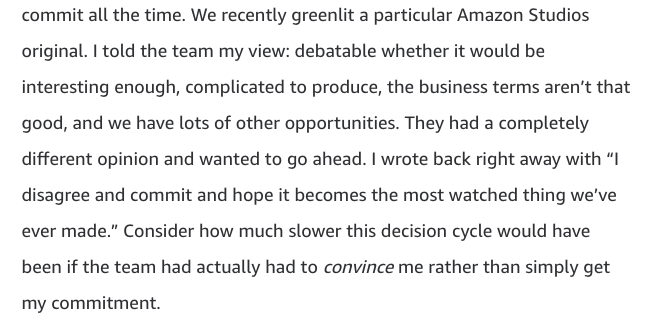I often use it to make faster decisions, when its cumbersome to use frameworks
Here’s how it works:
If you look at the root cause: Why decisions are difficult to make?
It is often because lot is at stake:
– Investment of Resources (Time/Money/People)
– Possibility of a negative outcome
But not all decisions need analysis of those two factors.
So you should divide into your decisions into two types:
1. Irreversible (called One Way Doors)
2. Reversible (called Two Way Doors)
Irreversible decisions require:
-Significant investment of time/money/people
-Negative Outcome will lead to big damage
For these type of decisions – you should try gather enough information – and not commit to a wrong decision even if it means to wait a little longer.
Reversible decisions are those that require:
-Little investment of resources/time/money
-Negative outcome doesn’t create a dent
and hence you can just close that project/reverse the change
As organisations grow larger, because of “assumed” complexity of everything, each decisions is perceived to be a “one way door decision”
This result in Slowness, risk aversion, failure to experiment and low on innovation.
Secondly, use this framework to not only make decisions but also when getting into debate about the right decision:
if you disagree to someone’s decision but you realise the decision is “reversible” – just disagree and commit. No point spending time on it.
Here’s how Jeff Bezos utilised this methdology to take a decision about Amazon Studios Original:
So, in summary..
Analyse decision’s impact on:
1/ Resource Investment
2/ Impact of outcome on brand/reputation/customers/codebase/liability/legal
And accordingly take a call if decision is reversible or not.
Stop spending time making or debating reversible decisions.

